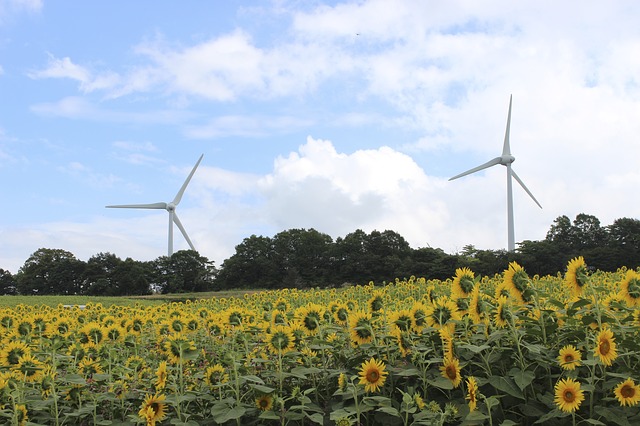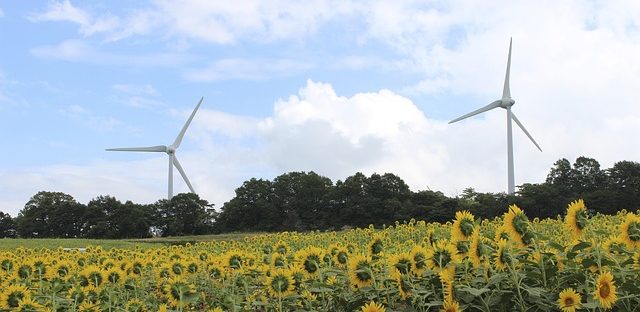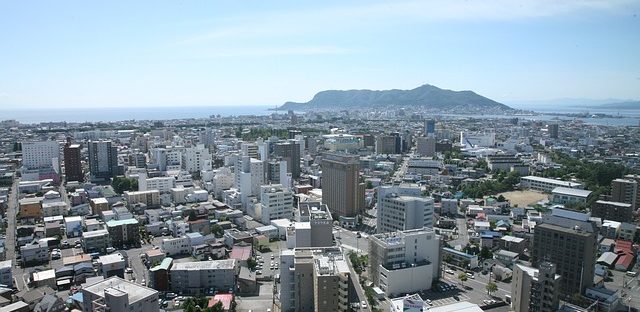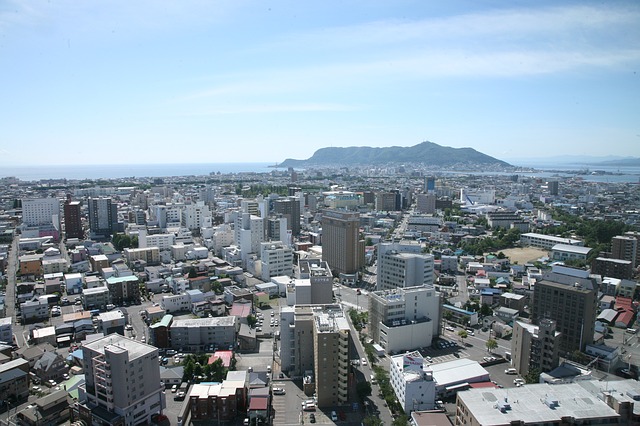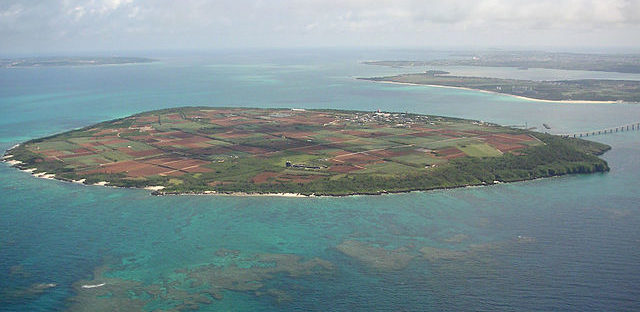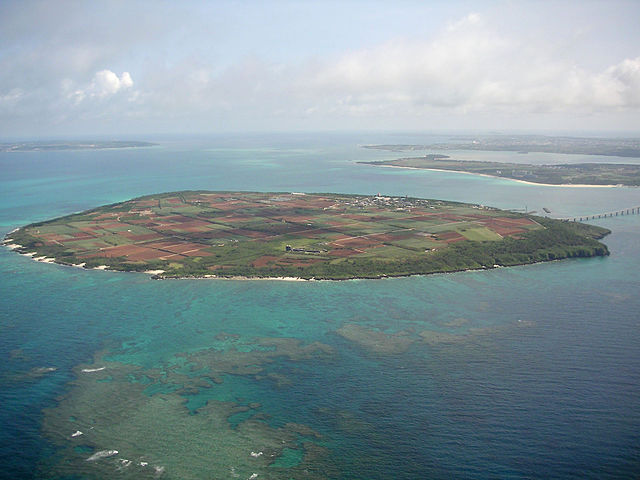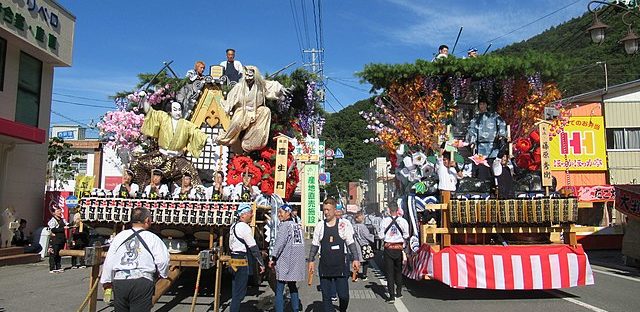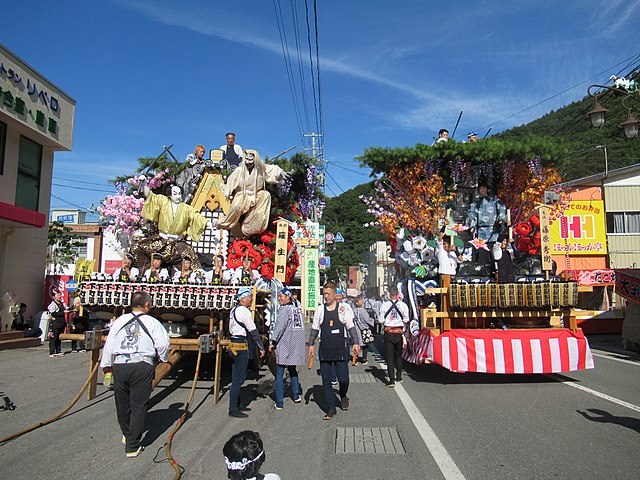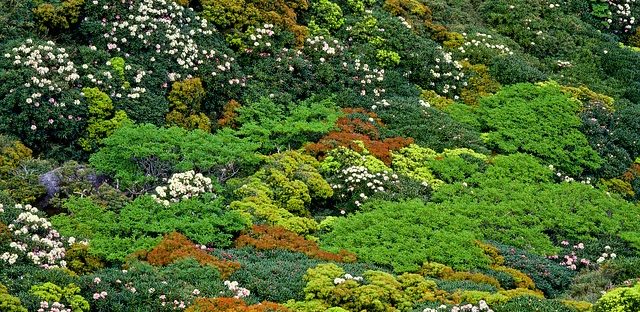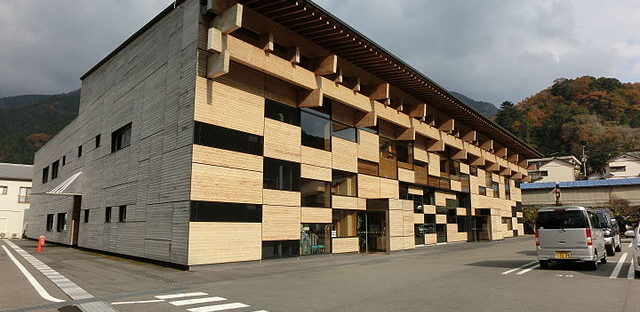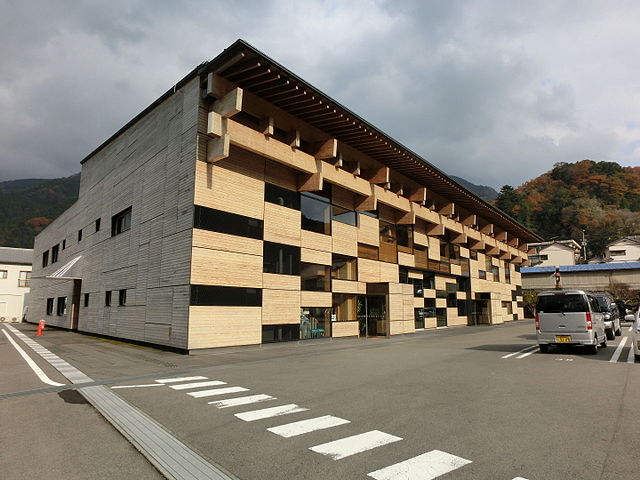- Target: Cover a minimum of 100% of primary energy demand with renewable resources by 2040
- Status: In progress
- RES: Windpower, solar thermal heating, photovoltaics, biomass for power and heating, geothermal energy, and hydropower.
- Implementation: The prefecture of Fukushima is located in the Tōhoku region on the east coast of Japan on the island of Honshu. The Great East Japan earthquake and subsequent tsunami and disaster at the Fukushima-Daiichi nuclear power plant in March 2011 motivated the people of Fukushima to re-examine their energy system and ways of restoring industry in the shattered region. This led to the vision of transitioning to renewable energy as a way forward. Fukushima now has officially committed to cover a minimum of 100% of primary energy demand in Fukushima with renewable resources by 2040. Part of this plan involves taking advantage of strong offshore wind by building a large floating wind farm off the coast of Fukushima. The total cost of the farm is estimated to be ¥18.8 billion (approx. $189 million USD). Still, the first 2 MW turbine was delivered in 2013. In 2015, Phase 2 was completed, bringing online two 7 MW wind turbines.
By 2020, the goal is to have 143 large wind turbines totalling 1 GW in capacity 10 miles off the Fukushima coast. The massive size of turbines will call for them to be locally constructed, which means local jobs in manufacturing and maintenance. With its existing automotive and airplane industries, useful components to the wind turbine industry will be available. The Fukushima plan also envisions other technologies and resources, including solar thermal heating, photovoltaics, biomass for power and heating, geothermal energy, and hydropower. Fukushima Prefecture has held several educational and industry events to attract support for its renewable energy plan. - Population: 1,877,876 (2018)
- Area: 13,782.76 km2 (5,321.55 sq mi)
- Link: https://www.japantimes.co.jp/news/2018/03/11/national/fukushima-powers-toward-100-goal-renewables-grid-cost-woes-linger/#.XHP93C2ZOIY
